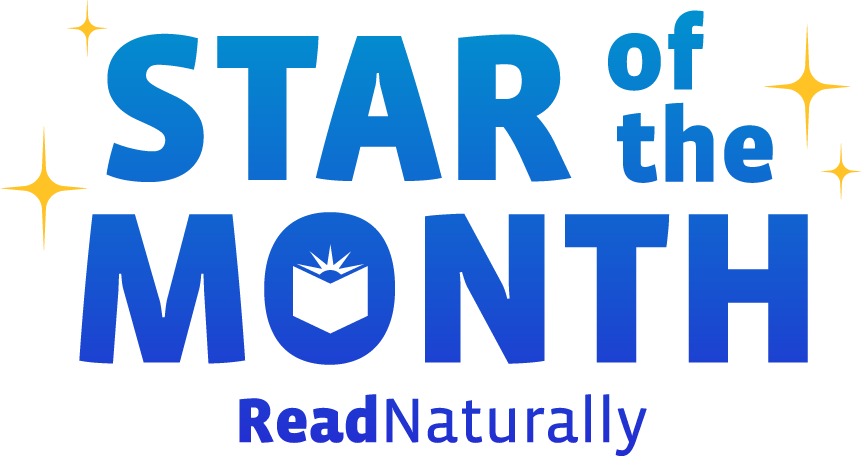Imagine a tennis teacher holding the tip of your racquet to trace the arc of your swing. Imagine a dance teacher walking through the steps of a routine along with a class of students. Modeling is necessary for mastering just about any complex skill. When we work alongside someone who has mastered a skill, we’re in a much better position to master it ourselves.
Read more If you know a student with access to an iPad, you’ll be thrilled to learn that Read Naturally now offers FOUR great iPad-compatible tools. iPad tools for Read Naturally Live, One Minute Reader, Funēmics®, and the all-new Splat-o-Nym are sure to boost your students’ reading achievement using research-proven methods and innovative technology.
Read more Why and when should Read Naturally students switch from one-minute to whole-story timings?
Read more Sharpening a new stack of pencils, decorating a clean bulletin board, organizing the books on the shelf… year after year, certain rituals mark the beginning of school. For Read Naturally teachers, certain rituals also mark the beginning of your program. We want to direct your attention to some previous blog posts—“oldies but goodies”—that contain valuable information about getting your Read Naturally program off to the best possible start.
Read more I’m in book club with a group of friends. When the book club began, everyone was eager to read again. “I haven’t read an actual book in so long!” many of the members confessed. So we got together and had rich discussions about wonderful books… for a few months. Then we started discussing TED Talks. Now we mostly just get together and chat. I’ve done a little investigating and have come to realize that this trajectory is strikingly common among book clubs. Why don’t we read books anymore?
Read more As the end of the school year approaches, you’ll likely want to report out on the progress your students have made using the Read Naturally strategy. Many educators create end-of-year reports on each student, send home letters to explain progress to parents/guardians, and summarize overall performance for the school principal. Because reporting is a critical part of your Read Naturally program, we’ve worked hard to make this process easy and user-friendly.
Read more Now you can provide your students with greater access to Read Naturally Live in iPad-enabled classrooms and computer labs with our new free* iPad app!
Read more The Read Naturally strategy delivers remarkable results when used correctly. Numerous studies have proven this fact, and countless teachers observe it every day. If you’re using the Read Naturally strategy and not getting the results you hope for, one simple change will often do the trick:...
Read more This time of year can find many students lacking in motivation. Thankfully, there are many simple ways to spice up your Read Live or Encore program to keep your students engaged.
One easy way to give students a motivation boost is to have them track the number of stories they complete each week. As they try to match or beat their score from the previous week, students are incentivized to put forth their best effort each day.
Read more One of the things teachers love best about the Read Naturally strategy is the concrete data they acquire about their students’ fluency development. The graphs and reports you generate in Encore and Read Live give you a clear picture of each student’s growth. Knowing how to apply this information ensures your students continue to progress at an appropriate pace.
Read more 

 Share your student’s success story—nominate him or her for our Star of the Month award. Win a Barnes & Noble gift card for the student and a Read Naturally gift certificate for your class!
Share your student’s success story—nominate him or her for our Star of the Month award. Win a Barnes & Noble gift card for the student and a Read Naturally gift certificate for your class!